Technological Innovations
Technological innovations are transforming the Solar Battery Market, driving efficiency and performance improvements. Recent advancements in battery chemistry, such as lithium-ion and solid-state technologies, have enhanced energy density and lifespan, making solar batteries more appealing to consumers. In 2025, the market is expected to witness a surge in the adoption of these advanced technologies, with projections indicating a potential 15% reduction in costs due to improved manufacturing processes. Additionally, smart battery management systems are emerging, allowing for better integration with solar panels and grid systems. This technological evolution not only enhances user experience but also positions the Solar Battery Market as a key player in the broader energy transition, appealing to both residential and commercial sectors.
Rising Energy Storage Needs
The increasing demand for energy storage solutions is a primary driver of the Solar Battery Market. As renewable energy sources, particularly solar, gain traction, the need for efficient storage systems becomes paramount. In 2025, the energy storage market is projected to reach a capacity of over 300 GWh, with solar batteries accounting for a substantial share. This trend is driven by the necessity to balance energy supply and demand, especially during peak usage times. The Solar Battery Market is thus positioned to benefit from this growing need, as consumers and businesses alike seek reliable storage options to enhance energy independence and reduce reliance on traditional grid systems. Furthermore, advancements in battery technology are likely to improve efficiency and reduce costs, further propelling market growth.
Increasing Consumer Awareness
Increasing consumer awareness regarding energy sustainability and environmental impact is significantly influencing the Solar Battery Market. As individuals become more informed about the benefits of renewable energy, there is a growing inclination towards adopting solar solutions, including battery storage. Surveys indicate that over 60% of consumers are now considering solar battery systems as part of their energy strategy in 2025. This shift in consumer behavior is likely to drive demand, as people seek to reduce their carbon footprint and achieve energy independence. The Solar Battery Market stands to gain from this trend, as manufacturers and service providers adapt their offerings to meet the evolving preferences of environmentally conscious consumers. This heightened awareness is expected to sustain market growth in the coming years.
Decentralization of Energy Systems
The decentralization of energy systems is emerging as a pivotal driver for the Solar Battery Market. As energy generation shifts from centralized power plants to distributed sources, the need for localized energy storage solutions becomes increasingly apparent. This trend is particularly evident in urban areas, where solar installations are proliferating on rooftops and in community solar projects. By 2025, it is anticipated that decentralized energy systems will account for a significant portion of new energy capacity, with solar batteries playing a critical role in this transformation. The Solar Battery Market is likely to benefit from this shift, as consumers and businesses seek to enhance energy resilience and reduce transmission losses. This decentralization trend not only supports the growth of solar battery adoption but also aligns with broader sustainability goals.
Government Incentives and Policies
Government incentives and supportive policies play a crucial role in shaping the Solar Battery Market. Many countries are implementing favorable regulations and financial incentives to promote the adoption of solar energy and associated storage solutions. For instance, tax credits, rebates, and grants are increasingly available for consumers and businesses investing in solar battery systems. In 2025, it is estimated that such incentives could lead to a 20% increase in market penetration for solar batteries. These policies not only encourage investment but also foster innovation within the industry, as manufacturers strive to meet evolving regulatory standards. Consequently, the Solar Battery Market is likely to experience accelerated growth as governments worldwide prioritize renewable energy and sustainability.
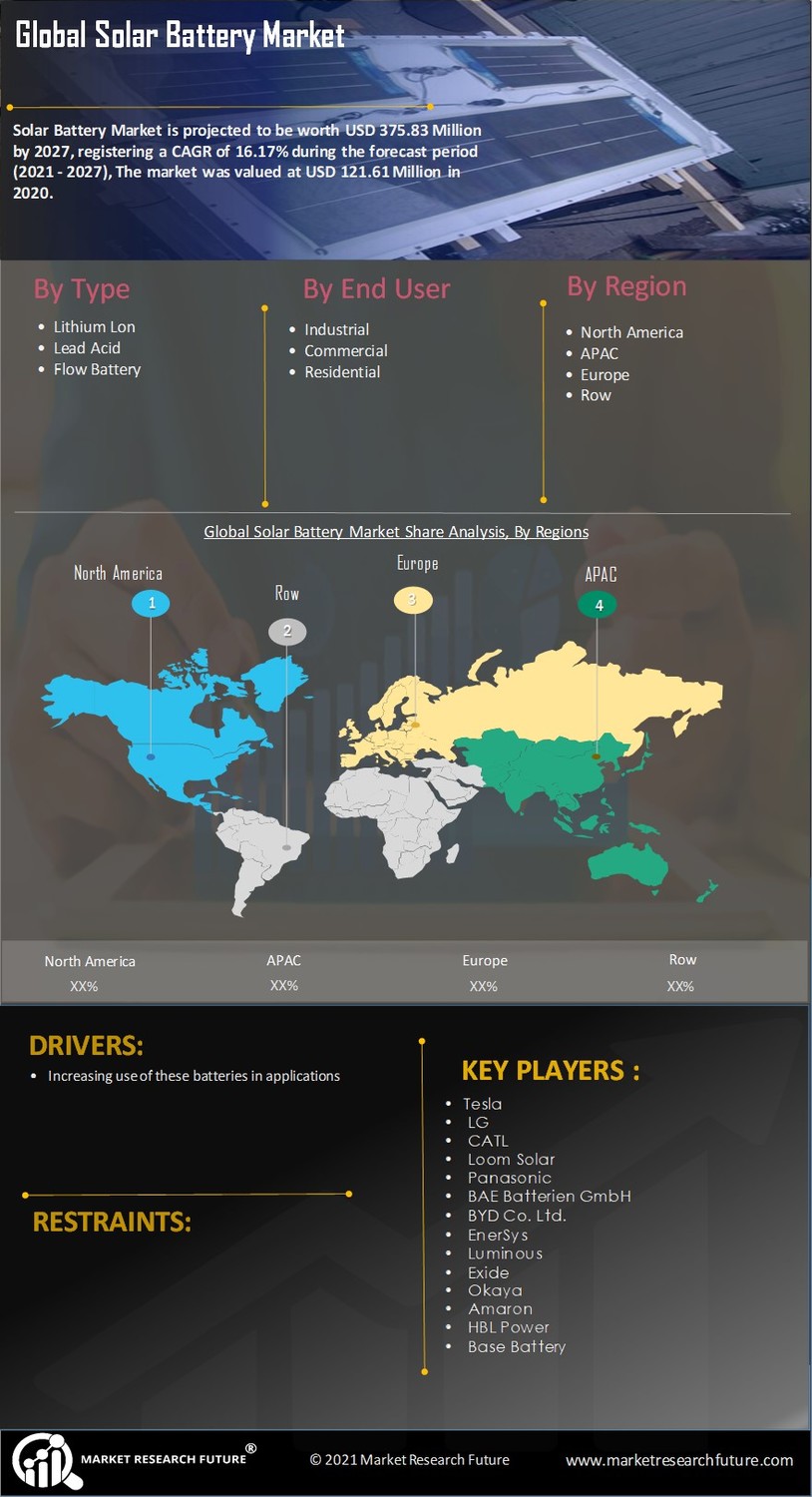

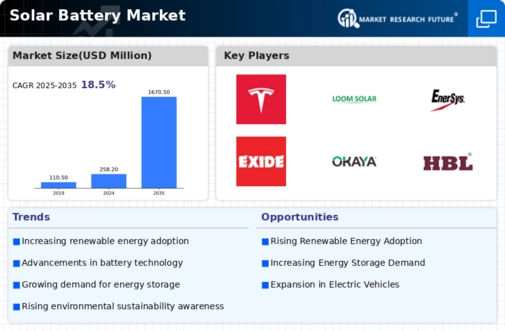
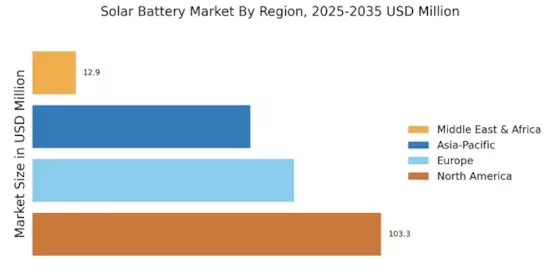
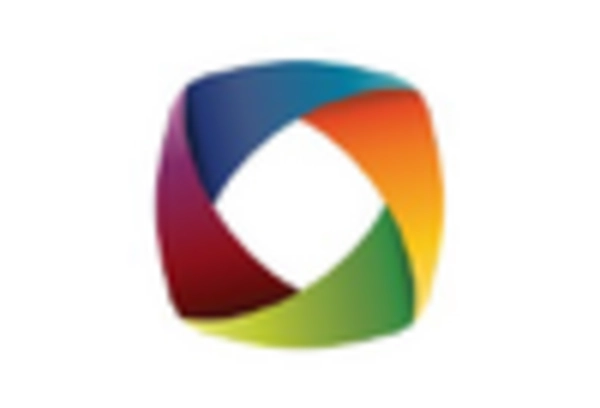
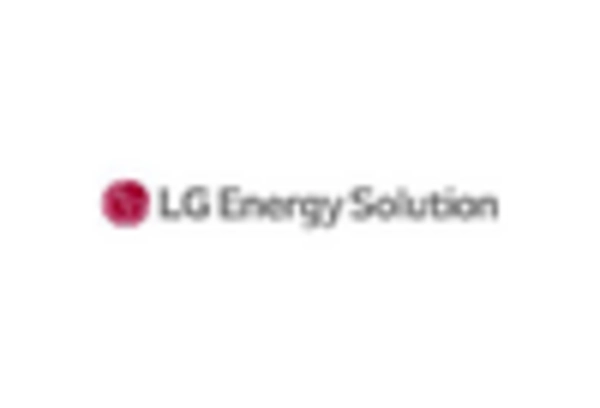
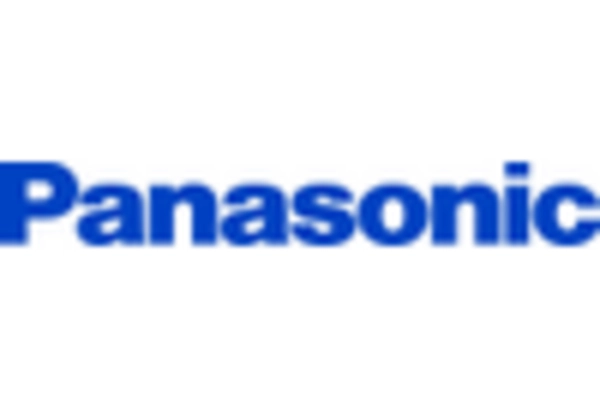
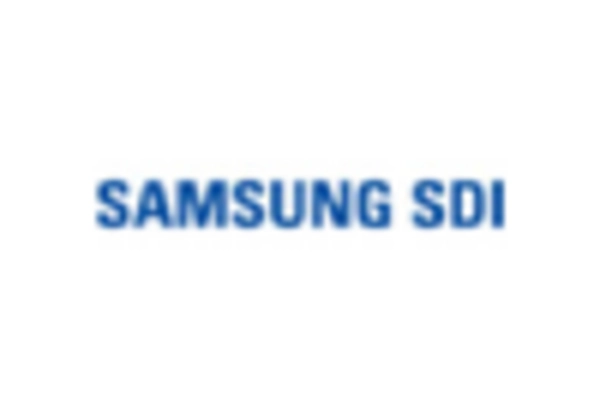
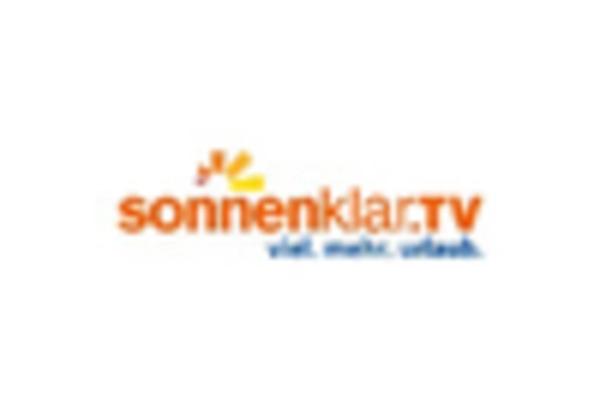









Leave a Comment